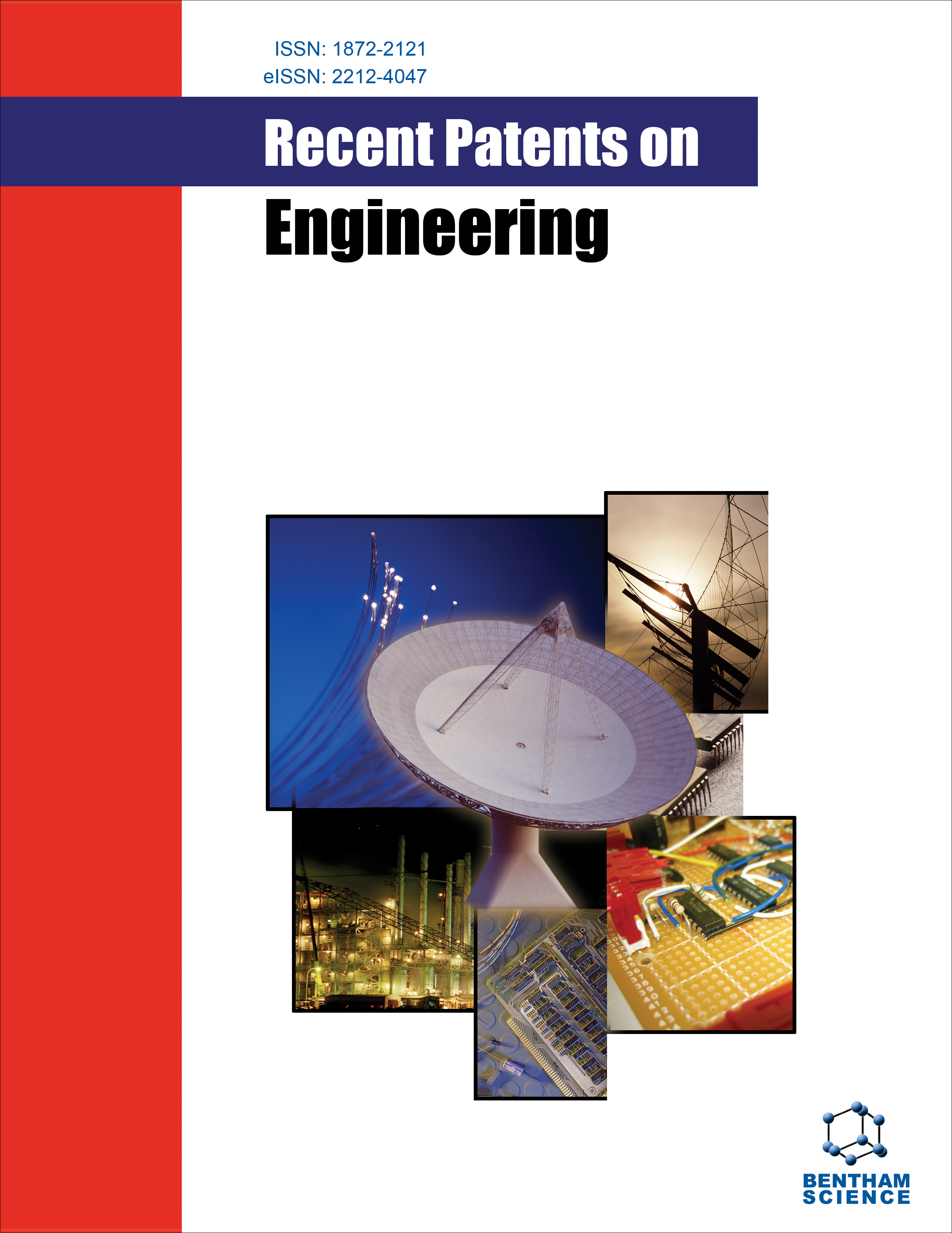
Full text loading...
We use cookies to track usage and preferences.I Understand

DDoS attacks, where numerous compromised systems overwhelm a target with traffic, are significant threats to online services' stability. These attacks exploit the fundamentals of internet communication, using botnets to flood targets and deplete their resources, severely reducing performance. The strength of DDoS attacks lies in their distributed nature, which complicates the differentiation between legitimate and malicious traffic. As digital reliance grows, so does the significance of these attacks, which impact businesses, governments, and public services crucial for operations.
The paper aims to provide a comprehensive understanding of DDoS attacks, categorizing them into bandwidth and resource depletion, infrastructure, and zero-day attacks. It seeks to highlight the complexity and impact of these attacks, particularly those utilizing IoT botnets, on internet reliability and security. The study emphasizes the limitations of current defense mechanisms, advocating for improved strategies that consider the distributed nature of these threats. Through this analysis, the paper aims to foster a deeper understanding of DDoS attacks, their consequences, and the need for more effective mitigation and prevention techniques.
The study employs an in-depth literature review to classify DDoS attacks and explore various mitigation strategies. It provides a detailed examination of attack mechanisms, including bandwidth depletion, resource depletion, infrastructure attacks, and zero-day vulnerabilities. The paper discusses several defense techniques, such as filtering, intrusion detection systems, and advanced AI and machine learning approaches. It emphasizes the role of IoT devices in amplifying DDoS attacks and the challenges of defending against these evolving threats.
The paper identifies four main categories of DDoS attacks and describes their operational mechanisms, impacts, and mitigation challenges. It reveals that due to inadequate security measures, IoT devices significantly contribute to the scale and impact of DDoS attacks. Despite the various defense mechanisms discussed, the paper points out their limitations in effectively countering the evolving nature of DDoS attacks. It emphasizes the need for more robust, adaptive strategies incorporating technological advancements and better security practices in IoT device manufacturing.
DDoS attacks, particularly those leveraging IoT botnets, pose increasingly sophisticated threats to digital infrastructure. The paper underscores the urgent need for more effective defense mechanisms, highlighting the importance of technological advancements, better IoT security, and collaborative efforts among stakeholders. It calls for future research focused on developing AI-driven systems for real-time prediction and mitigation of attacks, as well as the formulation of international cyber-security policies to address the growing menace of DDoS attacks in a globally connected environment.

Article metrics loading...

Full text loading...
References


Data & Media loading...